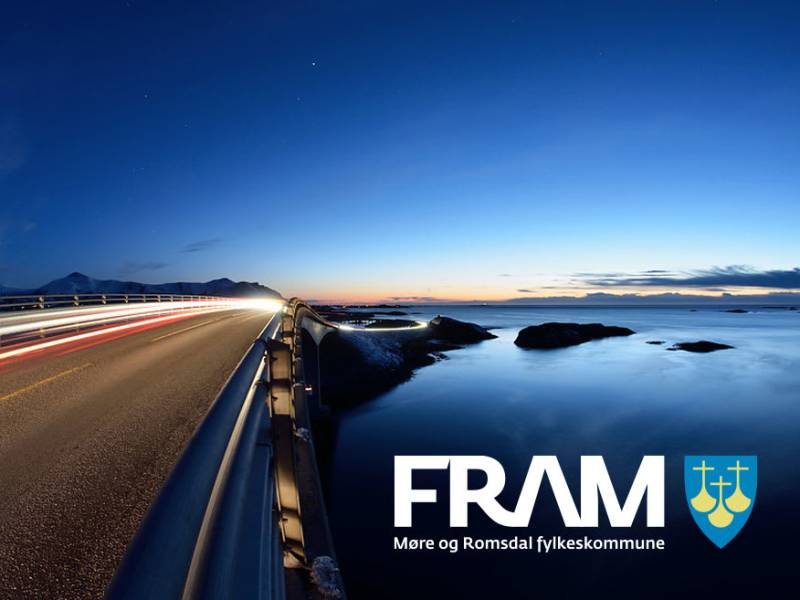
Molde - the Atlantic Road & Kristiansund (round trip)
Provided by:
FRAM

Foto: Kjetil Schjølberg Molde - the Atlantic Road - Kristiansund - Molde This trip goes from Molde via Norwegian Scenic Route the Atlantic Road - often described as the world’s most beautiful road – to Kristiansund and back to Molde! The Atlantic Road connects Averøy with the mainland via a series of small islands and islets spanned by a total of eight bridges over 8274 meters. The road is a national tourist route. https://fram.trekksoft.com/en_GB/activity/80459/rundtur-til-nasjonal-turistveg-atlanterhavsvegen-kristiansund
Audio guides available in:
Norsk bokmål, English (British)
Route available for purchase at the Voice of Norway store.